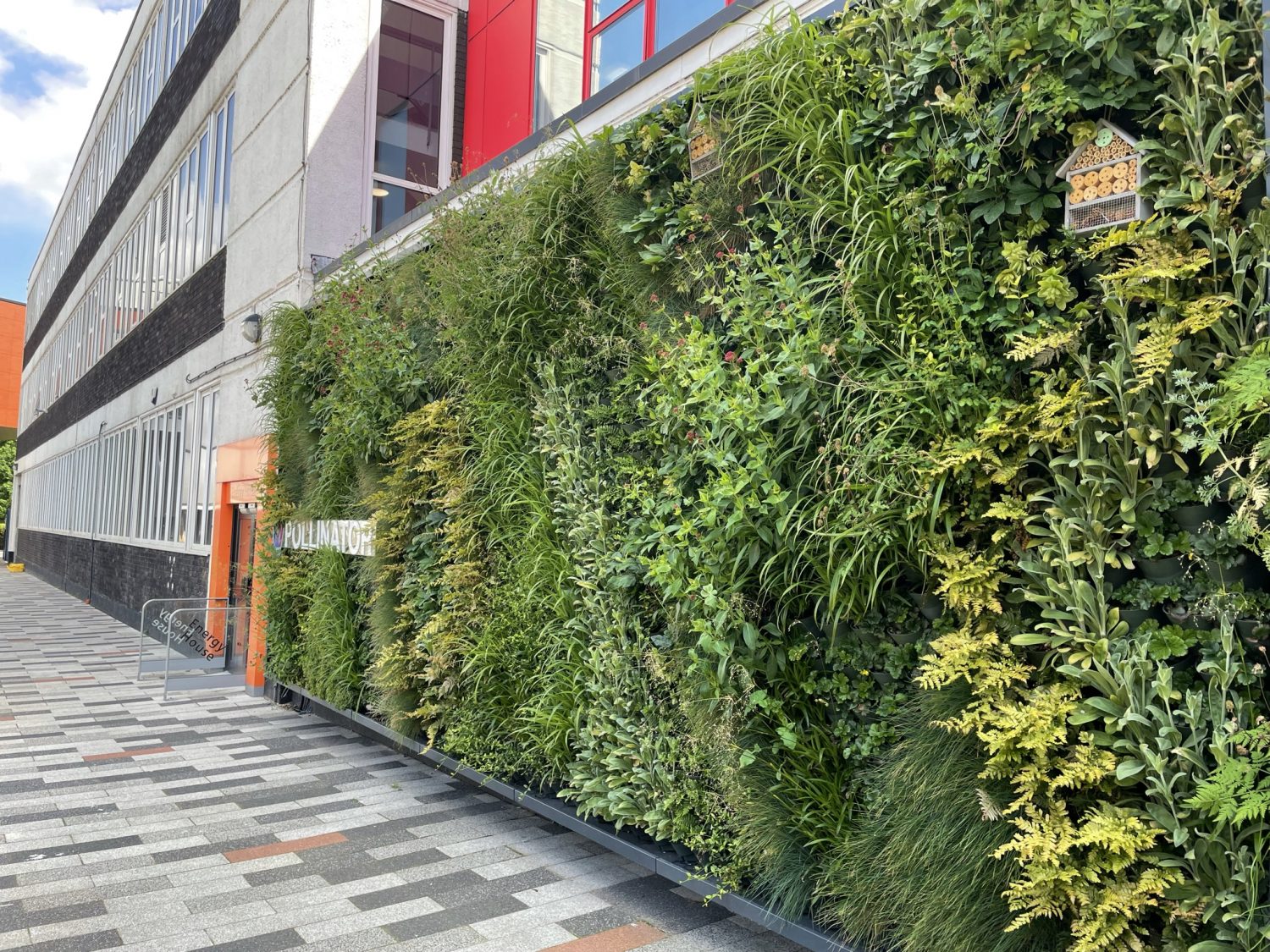- 11 Nov 2022
What is Biodiversity Net Gain?
Biodiversity is the broad term for the variety of life on earth, from flora and fauna to ecosystems and how all these things interact. Biodiversity Net Gain (BNG) is an approach that aims to increase the biodiversity value of landscapes through development and uses habitats specifically to quantify and measure changes in biodiversity between pre- and post-development landscapes.

Why has BNG been introduced?
BNG was introduced under the Environment Act 2021 and will become mandatory in November 2023. At this point, a 10% gain in biodiversity will be a condition of planning. All matters relating to BNG are overseen by Natural England and governed by 10 good practice principles (Baker et al., 2019).
Where is BNG applicable?
BNG is currently only relevant in England and to land-based development. New residential and commercial developments, as well as nationally significant infrastructure projects and brownfield developments, will need to fulfil the 10% net gain requirement. Existing legislative protections for habitats and species still apply and must be observed.
How is it calculated?
The official calculation tools for BNG – the Small Sites Metric and Biodiversity Metric 3.1 (current version) are provided by Natural England. Both metrics use the habitat type, area, condition, distinctiveness, and strategic significance to assign a numerical value, known as a habitat unit, to habitats, and calculate net changes in biodiversity. Habitats are divided into area, linear hedgerow and linear river habitats which must be treated separately within the metric, each with their own 10% target.
What steps are involved?
The following steps are taken to carry out a BNG assessment:
- A baseline habitat survey is carried out to determine which habitats are present on site and to assess their condition
- Data from the field survey is input into the correct metric and a pre-development habitat map is produced using ArcGIS software
- The baseline habitat survey and unit value of the existing site can be used to inform the landscape design
- Once the landscape proposals are fixed, habitat types, areas and forecasted condition are gathered and are inputted into the metric
- The final calculation is carried out to determine the change in biodiversity value
Long-term management
Habitats on sites which have implemented BNG must be maintained for a minimum of 30 years. As such, developments will need to produce long-term management plans and work programmes covering individual habitats for this time period to ensure habitats reached their expected condition.
The future of BNG
The statutory metrics (Biodiversity Metric 4.0 and Small Sites Metric) which will be used for all assessments when BNG becomes mandatory are expected to be released in late 2022, along with new guidance. Furthermore, Natural England is developing an auditing tool to monitor the location and progress of sites, ensuring developments fulfil net gain responsibilities and prevent duplication of off-site mitigation sites.
Landowners may opt to create habitat banks on their site, where units gained from habitat enhancement and creation can be sold to developers as part of their off-site mitigation obligation.
Considerations for BNG
- It is important to consider BNG early on in the planning process. This ensures that the time required to carry out the surveys, assessments and revisions is factored into the timeline.
- The mitigation hierarchy must be followed and, where possible, existing habitats should be retained and enhanced.
- Take a holistic approach to landscape design. Creating diverse, good quality habitats on site is important but the spaces also need to be fit for purpose and suitable for eventual users of the development
- Be prepared to undertake off-site mitigation when required. This involves undertaking habitat enhancement and creation on a different site, local to the development, to offset the loss of biodiversity.